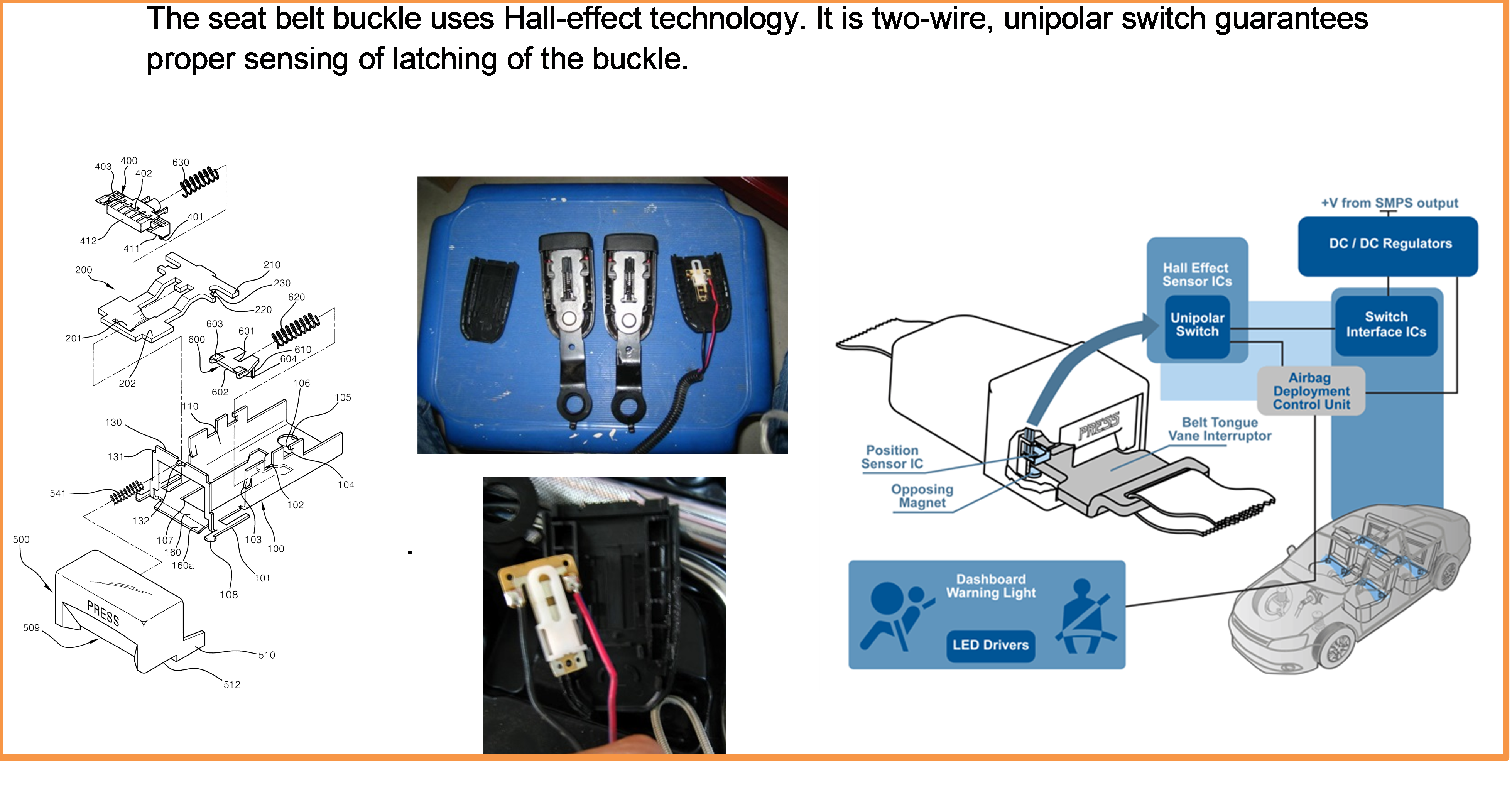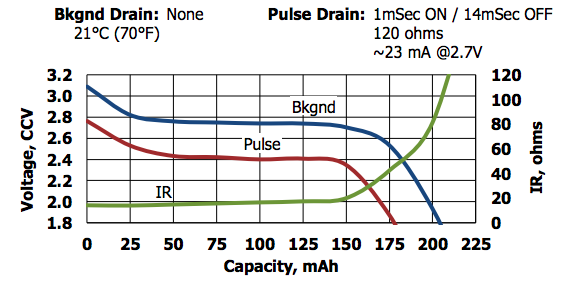Technology Contributors:
- http://www.cymbet.com/
- Varta Batteries
- Energizer batteries.
- https://www.enocean.com/en/home/
To meet the requirement for 3rd row removable single or two seat assembly 4 technology options were reviewed. Basic requirements as below:
- Electrical: 100mA inrush, 1mA min current at 5v
- Circuits: 2 per seat – data communication
- Connector: Sealed
- Operating Temperature: -40C to +85C
- The connector would need to be easy to mate by the customer if the seat was removed.
- Design for 500 removals over 10 years.
- Package designed for easy attachment or removal.
- System interface connector at the end of wire running down seat belt buckle sleeve.
- Requirement is three connections per seat.
- Operating Temperature -40C to 85C.
Power by Proxi Qi Magnetic Resonance Data Transfer:
Technology not AR for OE and will not meet OE cost targets. Wireless energy and data transfer technology is expensive and the standards are constantly changing.
Energy Harvesting Technology
Opportunity for OE to explore this but may not meet program cost targets. In addition signal will only be sent during seat belt usage and has the potential of error based on passenger attaching buckle before ignition on.
This technology is new to automotive but EnOcean already has a large consortium and would be value add to OE to explore this as a solution for future applications. However under best design circumstances earliest potential application would not be before 2021 MY.
Standard Connector Solution:
Any design with standard connector system will have at minimum five components; Connector, Christmas tree, Clamps, Dressing, Wiring cut leads and Tape.
Reliability will always be a concern during seat removal and attachment by the driver and will be prone to breakage, especially during loading as seats are heavy and get dropped. Recessed attachments will collect debris, liquids.
Also unprotected, conductive surfaces will likely get contaminated and sugary drinks, oil, paint would need to be completed removed. Conductive surfaces can be scratched/damaged
Coin Cell Wireless RF Data Transfer:
This is the recommended solution to meet program reliability, cost and timing targets.
Permission will be needed to use the 315.15MHZ wireless data transfer frequency normally used for Keyfob applications but that is fairly standard.
Signal receiver could be the security module or others as to be decided by OE. Battery life is estimated as 7 – 10 years.
Battery for critical applications are already in use in TPMS so the concept to use coin cell battery as a power source for critical function is not new.
- Cost for coin cell integrated module per seat belt buckle is estimated at $3.50 and as no external wiring is needed that would be full cost target.
- Packaging can be in the buckle or just outside the buckle for ease of serviceability. If packaged outside the buckle a small jumper pigtail will be needed but impact on cost would be minimal.
- Timing for fully validated assembly could be < 35 weeks from KO.
- Process could be to use technology design firm like Hirain to take the lead and then have FSS manufacture to design or use directed design strategy with FSS.
ENOCEAN Energy Harvesting Technology
- License free 868 and 315 MHz band with 1% duty cycle.
- Radio design for immunity against interference
- Multiple telegram with checksum
- Short telegrams generate low collision probability with high sensor density
- Frequency 315 MHz
- The energy module ECO 200 is an energy converter for linear motion. It can be used to power the PTM 330C radio module or derivate. The energy output at every actuation of the spring is sufficient to transmit 3 sub-telegrams with a PTM 330C module. Possible applications are miniaturized switches and sensors in building technology and industrial automation.







